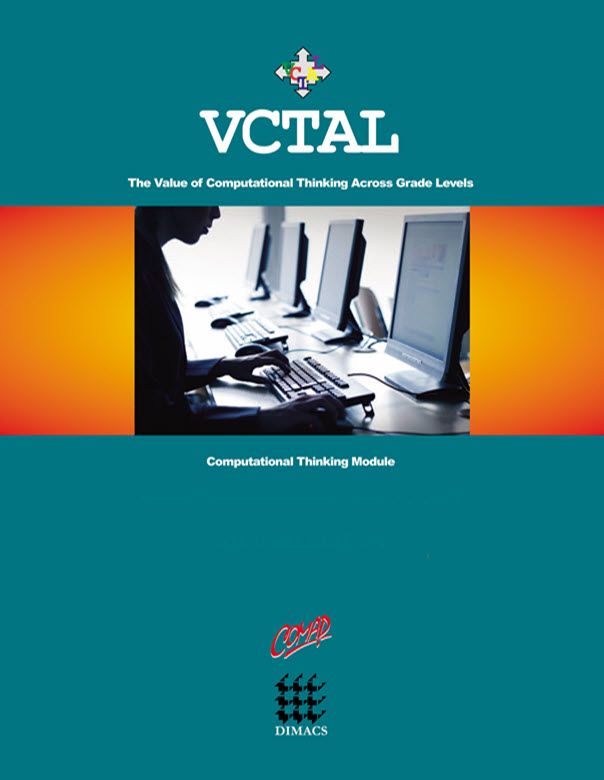It’s an Electrifying Idea! (Student)
Author: Tamra Carpenter and Gary Froelich
What Is Computational Thinking?
Computational thinking is a high-level thought process that considers the world in computational terms. It begins with learning to see opportunities to compute something, and it develops to include such considerations as computational complexity; utility of approximate solutions; computational resource implications of different algorithms; selection of appropriate data structures; and ease of coding, maintaining, and using the resulting program. Computational thinking is applicable across disciplinary domains because it takes place at a level of abstraction where similarities and differences can be seen in terms of the computational strategies available. A person skilled in computational thinking is able to harness the power of computing to gain insights. At its best, computational thinking is multidisciplinary and cross-disciplinary thinking with an emphasis on the benefits of computational strategies to augment human insights. Computational thinking is a way of looking at the world in terms of how information can be generated, related, analyzed, represented, and shared.
Background Discussion: It’s an Electrifying Idea!
In his 2011 State of the Union address, President Barack Obama stated his goal to have one million electric vehicles on the road by 2015. This was an aggressive goal and achieving it would require nearly a million consumers to decide to purchase an electric vehicle in the four years following the president’s speech.
What IS an Electric Vehicle?
Currently, there are three main types of vehicles on the market that use electricity to propel them. Not all of those vehicles, however, count toward President Obama’s million-car target.
Hybrid electric vehicles, which are also called “conventional hybrids” or simply “hybrids,” are by far the most common type of vehicle that uses electric power. They are what we think of when people say they “drive a hybrid.” The original Toyota Prius Hybrid and Honda Civic Hybrid are in this category. This type of vehicle has both an internal combustion (gasoline) engine and a battery-powered electric motor. The batteries are recharged (internally) either through braking or through gas combustion.
More than 1 million conventional hybrids were on the road in the United States at the time of the president’s speech, so they are not the ones that Obama is counting toward his goal. President Obama is looking at the “next generation” of cars that will get most of their electric charging (externally) from the electric power grid. They will be charged in much the same way as a cell phone or a personal computer—through a wall plug that charges a battery. This next generation of vehicles includes plug-in hybrid and fully electric vehicles.

Mathematics Topics:
Application Areas:
Prerequisites:
You must have one of our Free Memberships or a paid Full Membership to download this resource.
If you're already a member, login here.